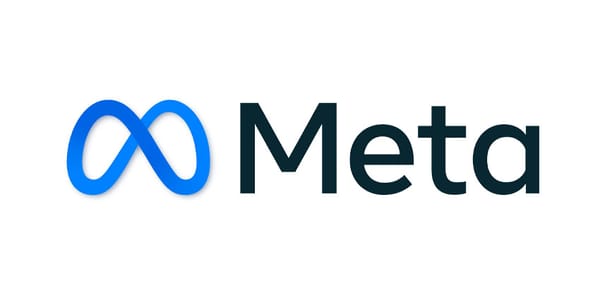Secure Transaction Methods with Blockchain Technology
Explore secure transaction methods enabled by blockchain technology. Learn how blockchain enhances transaction security, transparency, and efficiency in various applications

In today's digital world, ensuring the security of financial transactions is crucial. Blockchain technology is emerging as a powerful tool to address this challenge. This article will explore how blockchain enhances transaction security, transparency, and efficiency.
What is Blockchain?
Blockchain is a decentralized ledger technology. It records transactions across many computers so that the record cannot be changed retroactively. Each transaction is grouped into a "block," and these blocks are linked together in a "chain," hence the name blockchain. This chain of blocks creates a permanent and unchangeable record of all transactions.
How Does Blockchain Secure Transactions?
- Decentralization: Traditional financial transactions rely on central authorities like banks. These institutions control and verify transactions. In contrast, blockchain operates on a decentralized network of computers. Each participant in the network has a copy of the entire blockchain. This decentralization means there is no single point of failure. If one computer is compromised, the rest of the network remains secure.
- Cryptographic Security: Blockchain uses advanced cryptography to secure transaction data. Each block in the chain contains a cryptographic hash of the previous block. This hash is a unique string of characters that acts like a digital fingerprint. If anyone tries to alter a transaction in a block, the hash will change, breaking the link to the next block. This makes it extremely difficult to tamper with transaction data without being detected.
- Consensus Mechanisms: Blockchain networks use consensus mechanisms to validate transactions. Before a transaction is added to the blockchain, the network must agree that it is valid. Different blockchains use various consensus methods, such as Proof of Work (PoW) and Proof of Stake (PoS). These mechanisms require network participants to solve complex mathematical problems or stake their own cryptocurrency to validate transactions. This process ensures that only legitimate transactions are recorded on the blockchain.
Advantages of Blockchain for Transactions
- Transparency: Blockchain transactions are transparent and can be viewed by anyone with access to the network. Each transaction is recorded in a public ledger that is accessible to all participants. This transparency helps to reduce fraud and corruption, as all activities are visible and verifiable.
- Efficiency: Traditional financial systems often involve multiple intermediaries, which can slow down transactions and increase costs. Blockchain technology eliminates the need for these intermediaries. Transactions can be processed directly between parties, reducing the time and cost associated with traditional banking methods.
- Immutability: Once a transaction is recorded on the blockchain, it cannot be changed or deleted. This immutability ensures that transaction records are permanent and tamper-proof. It also provides a reliable audit trail for tracking and verifying transactions.
Challenges and Considerations
Despite its advantages, blockchain technology is not without challenges. Scalability is a significant issue, as the technology must handle an increasing number of transactions without compromising speed or efficiency. Additionally, while blockchain provides security, it is not immune to attacks. Network participants must remain vigilant to protect against potential vulnerabilities.
Blockchain technology offers a promising solution for securing financial transactions. Its decentralized nature, cryptographic security, and consensus mechanisms provide a robust framework for protecting transaction data. As blockchain continues to evolve, it has the potential to transform the way we conduct and secure transactions in the digital age. However, ongoing developments and improvements are necessary to address existing challenges and enhance its effectiveness.




